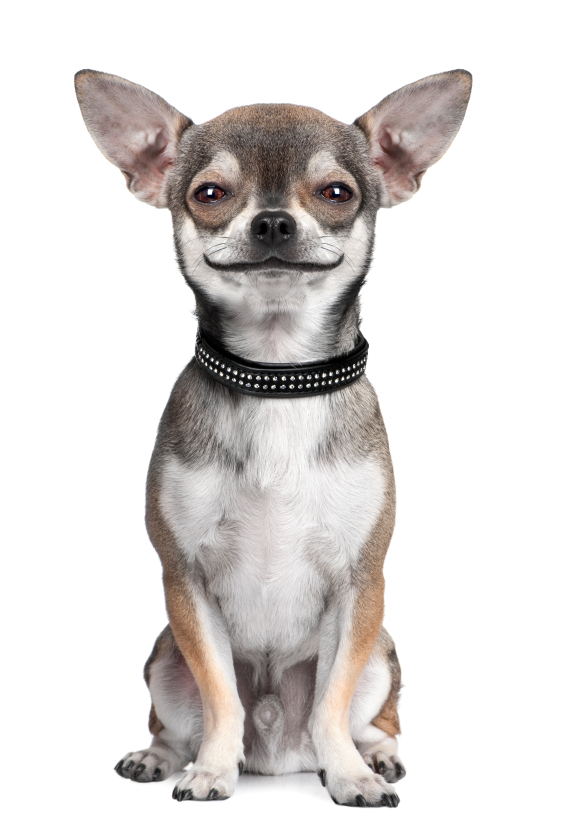This is a face you’d love to kiss…unless you were aware of her dirty little secret.
Like many dogs, this gorgeous girl is a poop eater.
While humans find this practice appalling, it is normal behavior for dogs, comprised of instinct and evolutionary influences. Before attempting to resolve this problem, you must first determine why your dog is performing the behavior.
Why does your dog eat poop?
Boredom/Attention Seeking Poop can be fun for the dog to play with. Once engaged, it is natural for a dog to chew “its toy” if it’s perceived as edible. Poop eating is a common boredom response in dogs that are isolated or crated for substantial periods of time, and for those who are otherwise under exercised or under stimulated. Dogs can accidentally be taught that eating poop gets our attention.
The more attention (yelling, screaming, laughing, chasing, etc) we display after catching the dog in the act, the more likely the dog is to repeat the behavior when he wants human attention.
Instinct and Learned Behavior For weeks following birth, mothers instinctually ingest the feces of their pups to keep the den clean. Dogs confined in crates are more likely to display the behavior as a matter of good housekeeping. Dogs that have been punished for having accidents in the house may eat “the evidence” both for cleanliness purposes and/or to avoid punishment.
Additionally, dogs pass scent messages to each other in their urine and feces. It is perfectly normal for one dog to sniff another dog’s waste but sometimes the line between sniffing and eating become crossed. This can be especially challenging for breeds that like to carry things in their mouths.
Diet/Nutrition Dog food primarily comprised of corn, grain or animal byproducts often tastes the same coming out as it did going in which (from the dog’s point of view) makes poop another meal opportunity. There is also anecdotal evidence that nutrient-lacking foods may encourage the behavior and is the dog’s attempt to recover nutrients they aren’t getting from their food.
Medical Reasons There are a number of medical reasons why your dog may be performing this behavior including parasitic infection, Malabsorption Syndrome and pancreas malfunctions. Your veterinarian should be consulted to rule out medicinal contributors before attempting any behavior modification.
How To Manage the Problem
- Consult with your veterinarian immediately to rule out medicinal reasons for this behavior and to create a treatment plan. If your dog is eating other dog’s stool, he is susceptible to contracting a host of diseases and parasitic infections. Be sure to tell your veterinarian if your pet is eating his own or other dog’s stool.
- Identify likely behavioral contributors by assessing your dog’s diet, exercise and mental stimulation opportunities and living environment. If you need help with this, contact a behaviorist or qualified dog trainer for a home visit.
- Eliminate opportunity! If you have a fenced yard, walk the yard in a grid (several times) to locate and remove old waste. Then, pick up after your dog as soon as waste is eliminated, even if it means leash walking the dog while you are retraining.
- Teach a “leave it” cue which is a verbal command to “not touch” an object. Once learned, this command can be issued to your dog to keep him away from pet waste or anything else that you don’t want him to pick up.
- Add taste deterrents to his food, such as canned pumpkin (not pumpkin pie filling), fresh pineapple or spinach. These all taste good yet have repugnant qualities once expelled as waste. Prepackaged taste deterrents are widely available but if the root cause of the behavior is not identified and addressed, then taste deterrents likely won’t work.
- Give it time. When you and your veterinarian agree on a plan, give it time to work. Once this behavior has been learned, it can be hard to unlearn and will require time, patience and consistent environmental control.
Here’s to a kissable face in the near future!
Additional Resources
NC State Nutritional Consultations
How to decipher your pet’s food ingredient label


